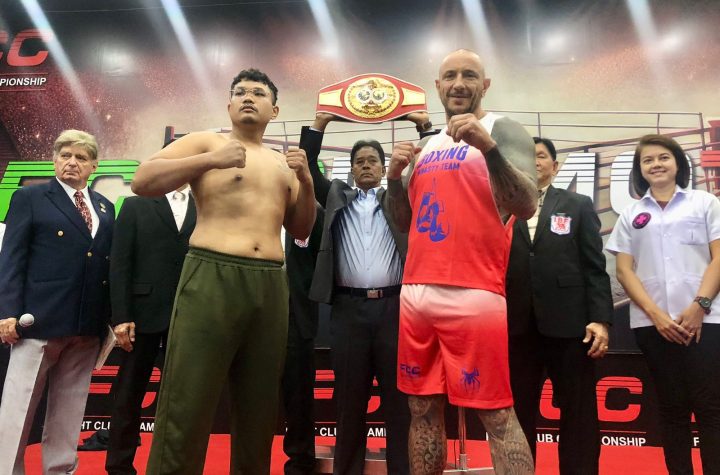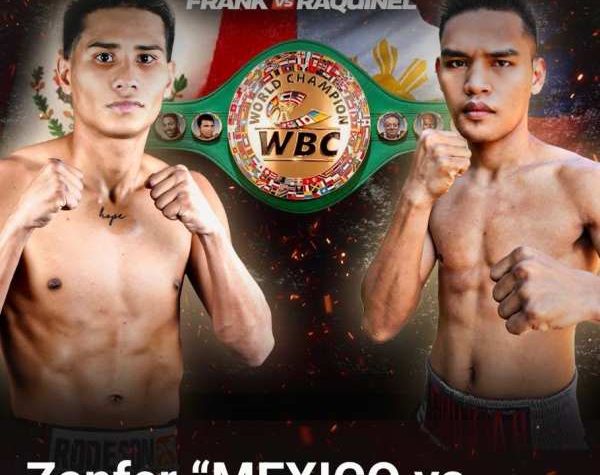
boxinginsider.com
By: Sean Crose
Heavyweight champion John L Sullivan was racist. Or afraid. Or perhaps both. Whatever the reason, the famous (or notorious) Boston Strong Boy refused to trade punches with a black fighter. Thus, the infamous “color line” was drawn. Black fighters could be good, even great, but they could never expect a crack at the biggest star in boxing (and perhaps the world) due to the color of their skin. Never mind the “microagressions” that overly gentle souls gripe about endlessly today. Sullivan had, in spite of whatever fine qualities he held (and yes, he held them), put forth a cruel obstacle for any black fighter willing and able to offer up a challenge.

It wasn’t fair. In fact, it was inexcusable. Still, it might have been more than simple racism that prodded Sullivan to employ his own version of “blacks need not apply.” For, by refusing to face a black man in the ring, Sullivan enabled himself to avoid one Peter Jackson without looking like a coward to the general public. Just who was Peter Jackson? Well, along with Sullivan and Jim Corbett (much more on him later), Jackson was indeed one of the top fighters of his day. Could the man have trounced John L in the ring? Who knows? It would have been some kind of fight, however.
Being black, though, Australia’s Jackson could never hope to be champion of the world by besting Sullivan. That didn’t mean Jackson would just evaporate into the vapor, though. The man dominated foes across the globe, earning himself a reputation of note. Besides, not every white fighter was so unwilling to meet the man Sullivan was able to avoid. Indeed, a young white pug from San Francisco proved more than willing to face Jackson in the ring – for a lot of prestige and money, as well. For while James J Corbett was, like Sullivan, of Irish stock, he was a completely different person than the heavyweight champ.
To begin, Corbett represented a new kind of fighter – an actual, dyed in the wool, contemporary boxer, who jabbed, moved, used footwork and essentially viewed his trade as a sport rather than as a lucrative saloon brawl. To be sure, it was said Corbett had never fought outside a ring in his life. What’s more, Corbett was upwardly mobile. He may have been seen as a lowly “Paddy” as the Irish were derogatorily called, but Corbett had high ambitions. He was not, to be sure, eager to present himself as an unseemly roughneck. To the contrary. Hence Corbett’s nickname, “Gentleman Jim.”
As for Sullivan, he had gone the easy route since besting Jake Kilrain in their brutal 1889 battle, and was well into his extended hiatus by 1891. Jackson and Corbett, however, gave the world the chance to witness two top fighters face off in high fashion. For the two men agreed to fight on May 21st of that year in Corbett’s home town of San Francisco. This was by far the most notable bout of both men’s careers up to that point and the winner would inarguably be considered worthy of Sullivan – whether Sullivan decided to face the challenge or not.
And so, on that late spring evening, Corbett and Jackson met in combat at the California Athletic Club to do battle. According to a piece in the “Salem Daily News” the following day, Jackson looked to be a bit bigger than Corbett, but both men appeared to be in terrific shape. Indeed, the paper reported that both men, Corbett and Jackson, were received warmly by the crowd that evening (apparently race didn’t prevent the crowd that night from respecting a top athlete). To be sure, it was also stated that Jackson was the betting favorite walking into the ring.
And indeed, Jackson was reportedly able to take control early on and was able to maintain it for a while. Corbett’s new, advanced style was so far proving to be futile against the experienced, skilled Aussie. Still, even though the fight employed gloves as opposed to bare knuckles, there was no modern time frame for the contest to be engaged within. In other words, things weren’t going to stop at the end of ten, twelve or fifteen rounds. And so the match went on. And on. And on. Then, in the twenty-fifth (that’s right, the twenty-fifth) round, Corbett reportedly engaged in an onslaught that seems to have been somewhat similar to the slick Ray Leonard’s desperate late fight rally against the dominant Thomas Hearns close to one hundred years later.
For the “Salem Daily News” reported that, although Corbett didn’t finish his man, he unloaded with body shots that kept Jackson from being aggressive afterward. Indeed, Jackson ended up with his ribs being broken that evening. Yet Corbett also reportedly busted at least one hand in the fight, a fact that eventually contributed to the fight grinding to a standstill. The brutal truth slowly became clear: both Jackson and Corbett were no longer able to effectively defeat one another. They both continued on gamely, but neither man could emerge victorious.
In the end, the fight was stopped after the 61st round, with neither man officially winning. For neither man was able to continue, the Salem Daily News claimed. What’s more, both fighters made it clear that they were willing to cease competing. Common sense may have saved each man from further physical damage, but it ended up hurting their wallets, as the significant fight purse was withheld. On top of that, none of the bettors were able to cash in on the affair. Many ended up being disappointed, true, but the right decision had clearly been made. When men such as Jackson and Corbett admitted they could no longer fight, there was no point in arguing the fact.
Sullivan may not have seen the bout, but there was little doubt he knew of it. Indeed, even though Jackson and Corbett hadn’t fought for Sullivan’s title, Sullivan’s days as champion were numbered. A new era was about to arrive, and that era didn’t include the famous Boston brawler.





More News
IBF Asia Heavyweight Title Fight: Bisutti vs. Nattapong
Liu Gang, Brico Santig Join Forces
Highland’s Double Impact: August 18 at Lumpinee